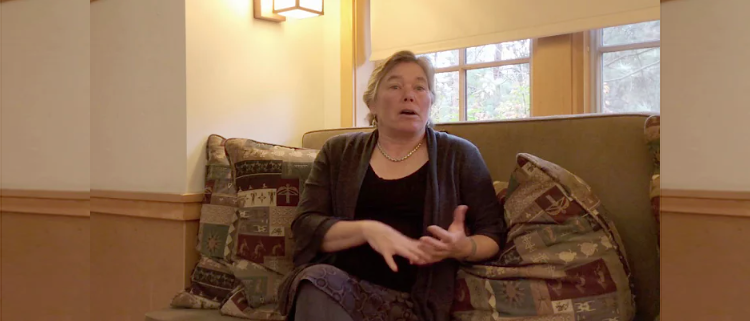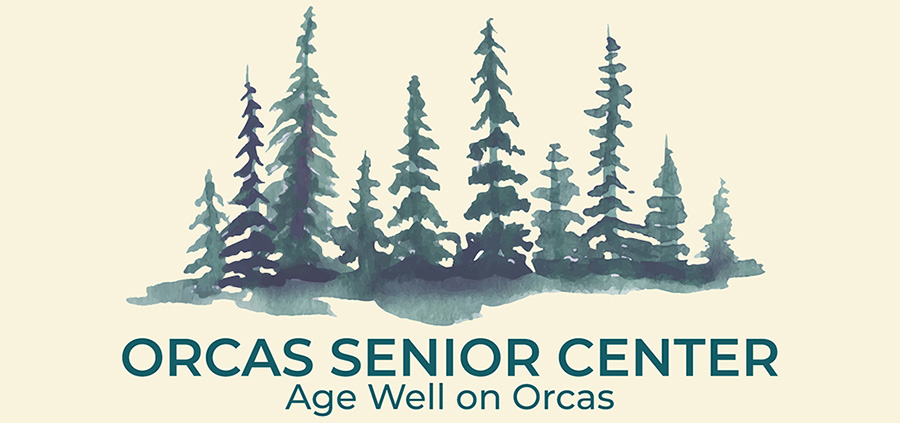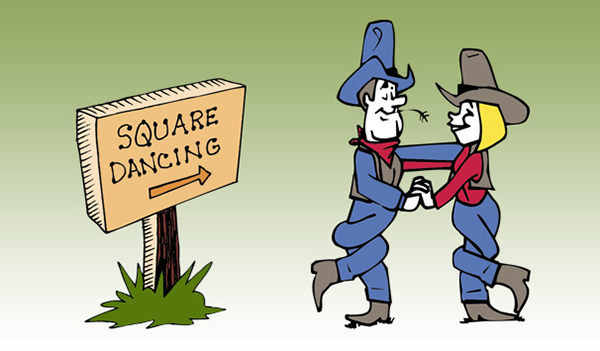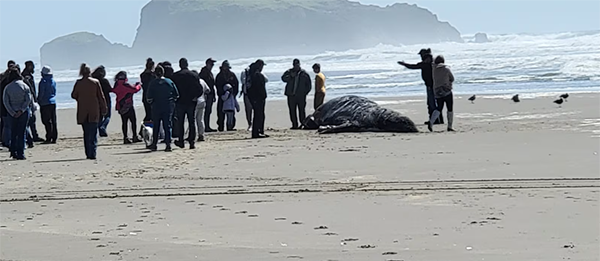||| FROM KOMO NEWS ||| COURTESY OF ORCASONIAN READER |||
SEATTLE — Ever wonder what the world would be like without planes, computer software and online shopping? Thanks to progressive Seattle innovators and change-makers, the world is a much better place to live, work and play.
In its early decades, Seattle was thought of as “somewhere,” as in, “somewhere else.” Out of focus, off the grid, and out of mind, Seattle was America’s “postage stamp” that was stuck to the map in the upper left-hand corner and seen as “Alaska south.”
Sure, people lived out there. But were they really important people? Doing important things?
The year Washington became a state, in 1889, Seattle did make headlines back east, when much of it burned to the ground. What a mess. The city and the state were actually moving backwards — further from the modern world.
They had a long way to go, and then, Seattle started to move.
Early on, that meant normal things, like a first public hospital, library, and a streetcar line. But then Seattle got bolder, knocking down huge hills across town, cutting canals between lakes, and putting up the West Coast’s first skyscraper.
But moving forward meant more than just building new structures. Seattle adopted a state of mind, a continuous mental exercise of turning imagination into action, then action into progress.
A mission emerged to “invent and innovate” and Seattleites began writing their own rulebook. The rules? Don’t follow others, always punch above your weight, and never stop.
Seattle’s legacy is a litany of global brands and accomplishments that the world now knows.
“Did Seattle change the world? I know it changed my world, and I bet you could go halfway around the world and find that anyone you ran into, their lives would be materially different because of innovations that came directly from this community,” said Leonard Garfield, the executive director of Seattle’s Museum of History & Industry (MOHAI).
So, why and how did Seattle do that? Because at every point, Seattle saw opportunity and said, “Hey, we can do that. We can solve that. And we can do better.”










In the 33 years I have lived on Orcas, I have seldom had a good word to say about Seattle. (And the traffic really is terrible) But it’s nice to be reminded that Seattle really is an exceptional city (as far as cities go!). Thanks to Lin for this article!
I watched this twice. Absolutely the best program I have ever seen about our area. I learned a lot. UPS? I didn’t know it started in Seattle. Yea, Seattle.